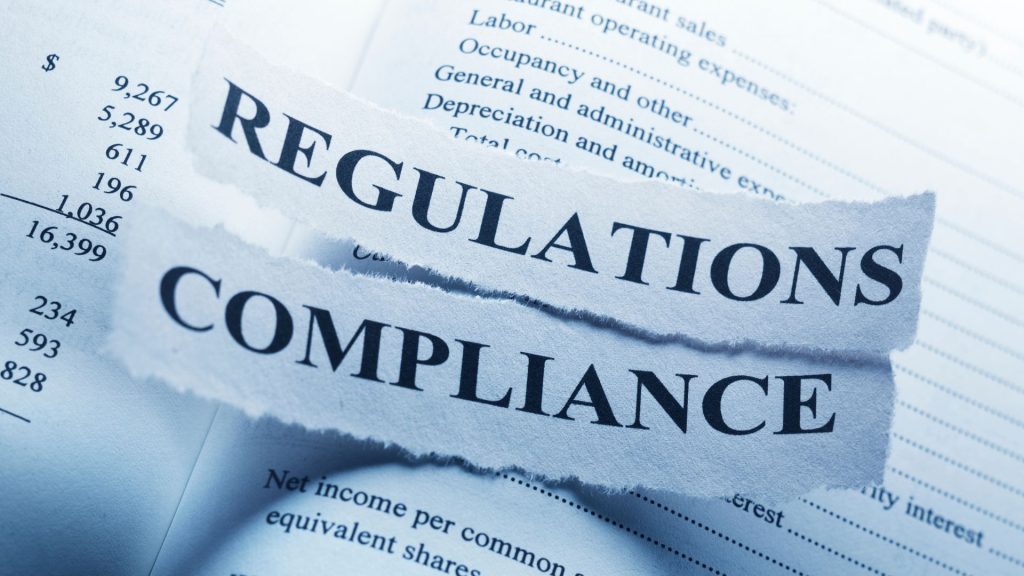AML/CFT compliance program of different interrelated components that together form set of rules and principles for the board and management, to ensure that they form relevant policies and processes to prevent the occurrence of financial crime.
The broader components of program include:
- Strong compliance culture and tone from the top
- Development of effective and relevant compliance policies, and processes
- Hiring of dedicated Anti-Financial Compliance Officer
- Performance of financial crime risk assessment to identify different categories of financial crime risks with their relevant impacts on the entity’s system and reputation
- Education and training of employees regarding the identification, understanding and prevention of financial crime risk

The AML/CFT Compliance Program
The obligation within to prevent financial crime by management and all employees, the executive leadership, and the members of governance are required to develop and implement the relevant AML/CFT policies, procedures and controls. The application of AML/CFT policies, procedures and controls help in prevention of ML/TF risks and ensure that regulatory requirements are complied with by the employees.
AML/CFT policies, procedures and controls are required to be appropriately defined by the Management and reviewed by Board of Directors, considering the ML/TF risks to which the organization is exposed to. Board in order to define the framework requires understanding the structure, complexity of products and services, customers jurisdictions and other operational aspects. These are required to be understood because ML/TF risks also relate to these factors.
Setting zero tolerance level with respect to customers, suppliers, employees, contractors or other third parties, and all transactions, that could be related to financial crime, including the failure to comply with the requirements and principals established in this Framework.
AML/CFT policies, procedures and controls are prepared based on the risk-based approach, to prioritize the ML/TF risks and apply the relevant AML/CFT controls to fight against ML/TF by:
(1) establishing requirements and designing controls based on their demonstrated ability to identify and mitigate the specific ML/TF risks faced by the organization; and
(2) providing highly useful information on ML/TF activities to relevant competent authorities as prescribed by them.

As ML/TF activities may be committed by anyone including the employees, customers, other stakeholders, general public etc. therefore, the criminal activities need to be identified, such as the exploitation of insider information or the acquisition of another person’s property by way of committing fraud etc. There may also be financial crimes that do not involve the dishonest taking of a benefit, but that protect a benefit that has already been obtained or to facilitate the taking of such benefit. The anti-financial crime policies ensure consistent implementation of minimum requirements and a robust and effective management of financial crime risk.
Final Thoughts
Money laundering and financial terrorism are both financial crimes with economic consequences. They also have a corrosive, corrupting effect on society and the overall economic system. Because of the negative consequences of these types of financial abuse on our members’ economies and financial systems, the IMF has been very active in the AML/CFT area for more than ten years. When AML/CFT controls are effectively implemented, they reduce the negative effects of criminal economic activity while also promoting financial market integrity and stability.








